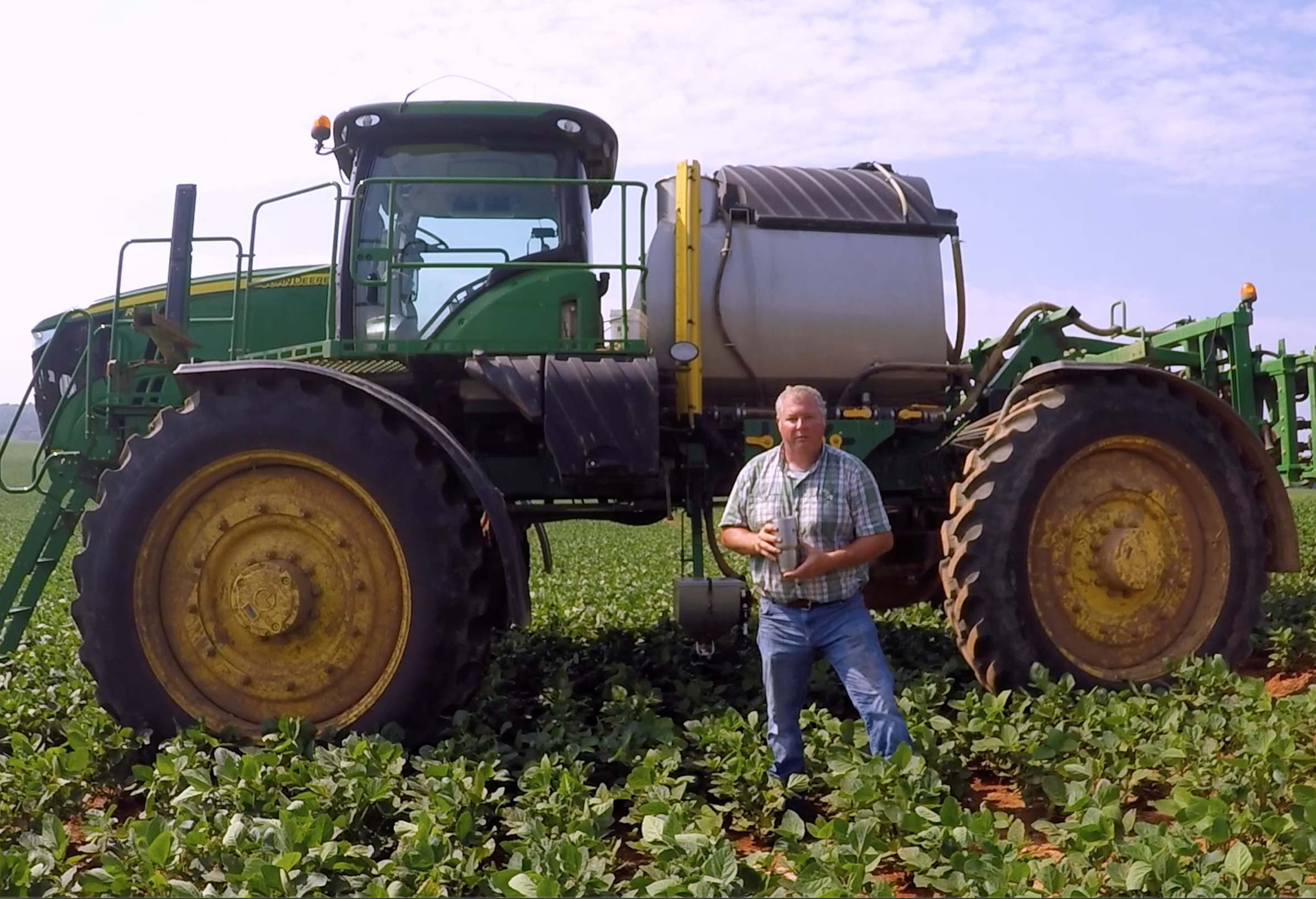How Do Farmers Use Technologies to Produce More with Less?
Barry Alexander, manager of Cundiff Farms in Trigg County, uses an array of precision agriculture technologies to produce more grain with fewer resources and inputs.
Based on similar article from United Soybean Board on BestFoodFacts.com
As Barry Alexander drives a tractor across a soybean field on Cundiff Farms, his eyes are on a computer screen that shows his precise location, the speed of the tractor, exactly how much seed is being planted per acre and more. He can watch the screen closely because the tractor uses autosteer to move across the field in a straight line.
These technologies have become common on farms because of many benefits they provide for farmers, consumers and the environment.
GPS, sensors, and other digital tools and data analytics are called precision ag, or information technology applied to agriculture, said Dr. Chad Lee, an extension specialist for grain crops at the University of Kentucky and director of the Grain and Forage Center of Excellence.
“Farming uses technology rivaling the most digital of industries,” Lee said. “Just like many of the cars our readers drive, farm equipment collects data to push up to the cloud so that the manufacturer and farm operator can access that data for their purposes.”
Alexander implements precision agriculture on the Trigg County farm because he wanted to protect the natural resources while maximizing production.
“This technology allows more precise placement of the products and natural resources we use to grow our crops,” said Alexander. “We used GPS and farm data from soil tests and yield monitors to assign zones to different areas of the farm. This tells us what type of seed to plant, how far apart to plant the seed, and how much fertilizer to apply to each zone to make the most efficient use of the land.”
Alexander said they also use no-till and minimum-till practices to protect the soil and variable rate irrigation to be as precise on water use as they can be. He acknowledged that this technology would not be possible without the computer systems they have today.
Using the insulated cup, Barry shows the amount of crop protection product that is mixed with water to place on an acre of crop land. Sensors and precise spraying equipment allows farmers to use as little product as possible.
“By deploying technology, we can better place the products we’re putting in the field so we can do more with less,” Alexander said.
Farmers use a variety of technologies that work together to give them detailed information about their soil and crops grown for food ingredients and animal feed, such as soybeans, corn and wheat.
“Automated guidance is analogous to self-driving cars – at least for making parallel passes in the farmer’s field. Instantaneous sensors on crop harvesters measure yield, moisture, and quality characteristics every few seconds; and with GPS this data can be georeferenced into a map,” Dr. Lee said.
That data is then used to determine the optimum plan for each precise location to grow crops using as few resources as possible.
“With knowledge of how soil nutrients vary spatially across the field, prescription of soil fertility amendments can be developed to apply fertilizer at site-specific or variable rates across the field,” Dr. Lee added.
Precision agriculture helps make farming more sustainable in many ways. By precisely applying fertilizer, seed and crop protection products, these state-of-the-art technologies lessen the environmental impact of farming.
Farmers can also control their costs, which helps them to be economically viable so they can continue to farm. This also helps to keep food costs affordable as it enables growing more food while using less land.


